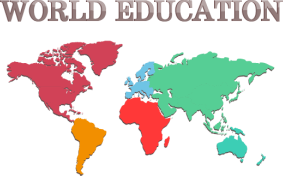|
Home Page | Training Sessions | Program Topics | Your Questions | Testimonials | Dates-Locations | Fees | Enrollment | The Trainers
In-House Training | The Book | Press Reviews | Latest News | Resources | Corporate Challenge | Our Partners
Links | FAQs | Contact Us | Happy Customer Ideas | Announcements | Your VIP Status Ebook
Maximize your potential | Personal development training | Self-improvement book
Members of Human Capital Institute / Entrepreneurial Resources Group
Copyright 1993-2023 © WORLD EDUCATION. All rights reserved
In-House Training | The Book | Press Reviews | Latest News | Resources | Corporate Challenge | Our Partners
Links | FAQs | Contact Us | Happy Customer Ideas | Announcements | Your VIP Status Ebook
Maximize your potential | Personal development training | Self-improvement book
Members of Human Capital Institute / Entrepreneurial Resources Group
Copyright 1993-2023 © WORLD EDUCATION. All rights reserved



